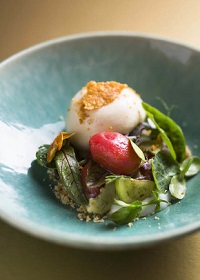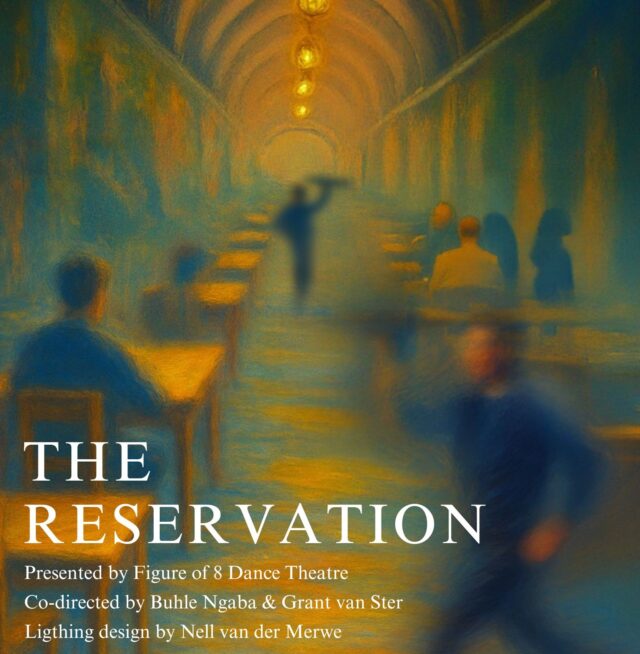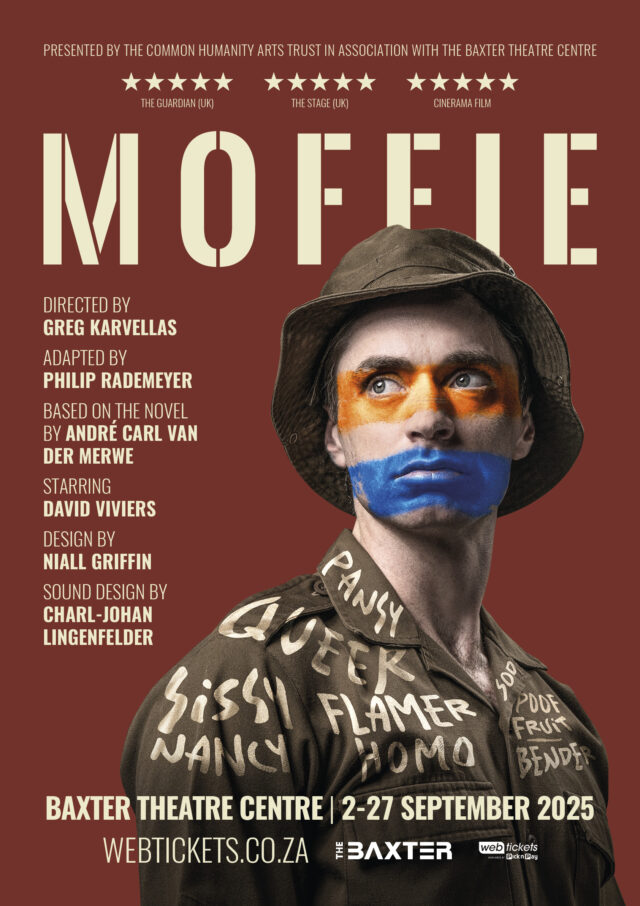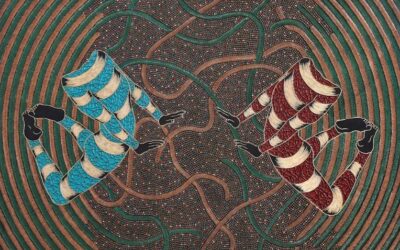The menu at Haute Cabrière is specifically designed to complement the estate’s wines – and it works, writes Brent Meersman.
Why is it that so many of the best restaurants in the country are concentrated in the winelands? If we are to be guided by awards, such as EatOut’s, we find that, year after year, half or more of South Africa’s top 10 restaurants are in the Paarl-Franschhoek corridor. If we are to go with social media, such as TripAdvisor, five of the top 10 are in the winelands. International food magazines and guidebooks will also tell you that the culinary centre of South Africa is in the wine country.
There are obvious economic reasons. The wine industry is obsessed with marketing and packaging and is expert at it. The owners are largely prestige hungry and many have deep pockets to lavish on their kitchens. Their patrons are wealthy too and are prepared to pay the high menu prices. Competition is stiff and it drives up standards.
From the point of view of the patrons, several factors conspire to enhance the winelands dining experience: the sheer beauty of the area, the opulence of the estates that house the restaurants, and the seductive nature of the fine wines.
Unlike in the city, the experience is unhurried; one sets time aside; it’s an excursion not a communal foraging exercise. There is always parking. The restaurants are less cramped, less pressured to ring rands out of square metreage. There is seldom loud, intrusive music, probably the single most taste-destroying factor in city restaurants.
In the winelands, you hear the crack of the piecrust, the crisp snap of lettuce, the crunch of broccoli, the scintillating fizz of the bubbly as it calls to you from its glass. The air is cleaner and you can smell the earth behind the food.
All of which brings me to a long table with a command view of the Franschhoek valley, indulging in lunch as a guest of Haute Cabrière on a sunny afternoon. Chef Ryan Shell has just given us a tour of his organic vegetable garden. Sixty percent of what is on my plate is grown on site.
Walking the planted rows, we have tasted the peculiarly peanut flavour of amaranth seed, chewed chickweed and picked wild rocket flowers. I have seen red aubergines hanging on bushes for the first time and I sneaked the last visible raspberry too. Shell has animatedly related all the discoveries he has made since he started gardening: the planting tricks of symbiotic crops, the respect demanded by the asparagus plant, the mounting excitement as mushroom season approaches and fiddlehead ferns unfurl.
I am left wondering if the key to the success of the winelands eateries isn’t also their closer connection to the land and its produce; if the process of the winemaker, doting on his vines, following the grapes from bud to harvest, is to some extent becoming more and more replicated in the kitchens of the wineland restaurants as chefs increasingly have a hand in growing their own produce.
The intention behind the kitchen at Haute Cabrière, for example, has always been to base the food on the wines it grows. Cellar master Takuan von Arnim waxes lyrical about how a glass of wine contains the complete story of a vintage. And although he entertains romantic notions, such as drinking champagne-style wines is “like jumping on a cloud”, in the same breath he tells us “wine is pure science, but you have to put on lots of make-up – stories, history, culture”.
 To prove his point, a glass of the latest vintage of Haute Cabrière’s hallmark blend of chardonnay and pinot noir to go with our starter – a deconstructed Mediterranean falafel pita: unusual falafel balls that are fluffy and crumbly; gold and red beets from the garden; beet and buchu foam that at first looks like the flotsam of Styrofoam packaging; sweet cream cheese; hummus decorated with loose whole chickpeas and walnut crumble.
To prove his point, a glass of the latest vintage of Haute Cabrière’s hallmark blend of chardonnay and pinot noir to go with our starter – a deconstructed Mediterranean falafel pita: unusual falafel balls that are fluffy and crumbly; gold and red beets from the garden; beet and buchu foam that at first looks like the flotsam of Styrofoam packaging; sweet cream cheese; hummus decorated with loose whole chickpeas and walnut crumble.
As an inter-course, a Haute Cabrière unwooded pinot noir 2014 is paired with another Mediterranean dish – a large tortolloni stuffed with white cheddar and basil, including flowers and buds, almost floating in a smoked tomato velouté.
For the main course, a 2006 vintage Haute Cabrière pinot noir to go with smoked fillet, amagwinya (vetkoek) and chakalaka. Although the kitchen is Banting-friendly, I go for the veget arian option, the most unusual looking curry dish I have ever seen – a lather of foaming cauliflower butter, with cauliflower and vanilla purée, puffed rice, sweetened cauliflower chips, cubes of pineapple and cucumber, a baby carrot, pea shoots, and coconut jelly looking like a quail egg.
arian option, the most unusual looking curry dish I have ever seen – a lather of foaming cauliflower butter, with cauliflower and vanilla purée, puffed rice, sweetened cauliflower chips, cubes of pineapple and cucumber, a baby carrot, pea shoots, and coconut jelly looking like a quail egg.
By now there is rebellion at the table. We have spent a morning at Haute Cabrière, renowned for its pioneering of méthode cap classique and we haven’t yet seen a bubble. The great thing about champagne wines is that it goes with everything. Dessert is white chocolate and caramel bon bons with caramel centres, lemon and white chocolate anglaise, cocoa crumble, chocolate cake ice cream and a strawberry. And the bubbly brings it all together.
WHERE: Haute Cabrière Restaurant, Franschhoek Pass (R45), Franschhoek. T 021 876 3688
via Brent Meersman in the Mail & Guardian
Twitter: @Brent_Meersman






